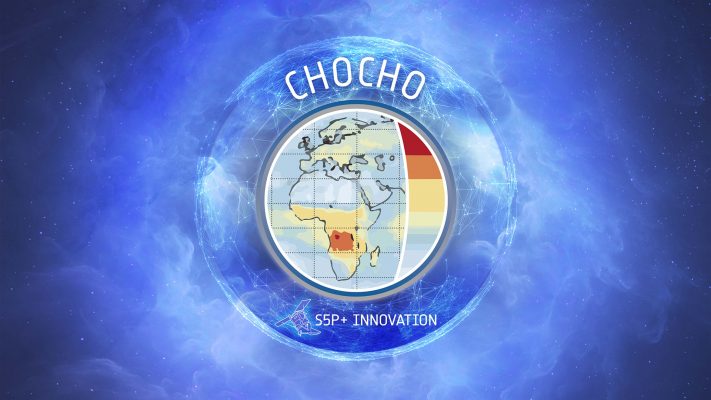
BELGIAN INSTITUTE OF SPACE AERONOMY (BIRA-IASB) (BE)
Glyoxal is the most abundant dicarbonyl present in our atmosphere and is directly emitted from biomass burning and also results from the oxidation of precursor non-methane volatile organic compounds (NMVOC). It is currently estimated that about 70% of its production originate from natural sources and fires, while the remaining 30% come from human activities. With a short lifetime (~3 hours), elevated glyoxal concentrations are observed near emission sources. Measurements of atmospheric glyoxal concentrations therefore provide quantitative information on VOC emission and can help to better assess the quality of current inventories. In addition, glyoxal is also known to contribute significantly to the total budget of secondary organic aerosols, which impact both air quality and climate forcing.
The GLYRETRO (GLYoxal Retrievals from TROPOMI) activity is one of the seven themes from the ESA S5p innovation (S5p+I) project, which aims at further exploiting the capability of the S5p/TROPOMI instrument with the development of a number of new scientific products.
The GLYRETRO project, proposed by both the Royal Belgian Institute for Space Aeronomy and the Institute of Environmental Physics at the University of Bremen, has been successfully kicked-off on July, 1st 2019 and will last two years. The objectives are manifold and can be listed as
For more information on the project, contact Christophe Lerot (christophe.lerot at aeronomie.be).
Atmospheric Chemistry and Physics (2023)
Atmospheric Chemistry and Physics (2022)